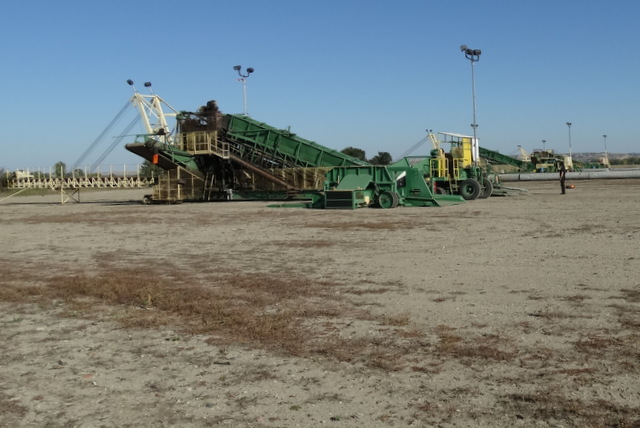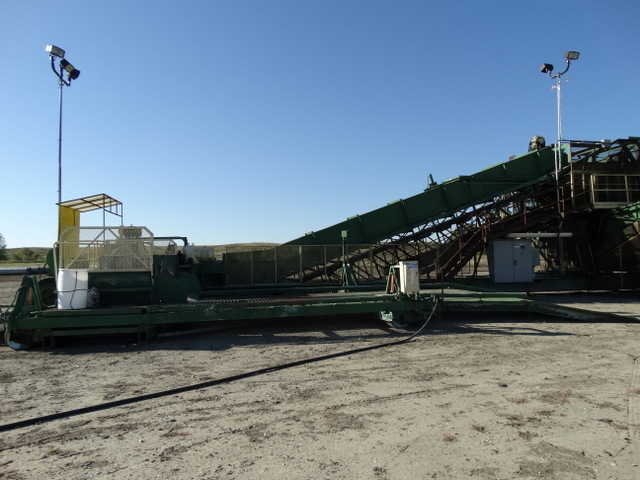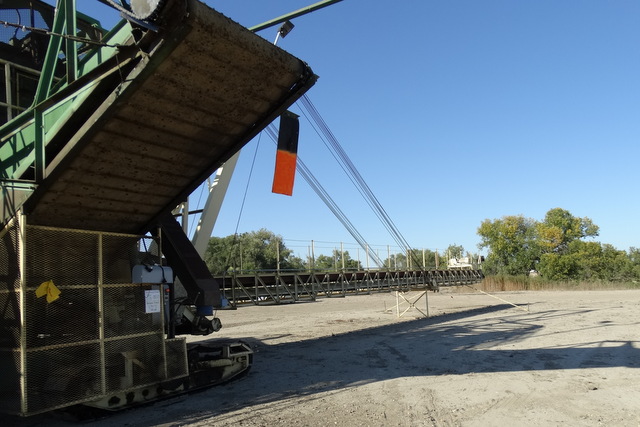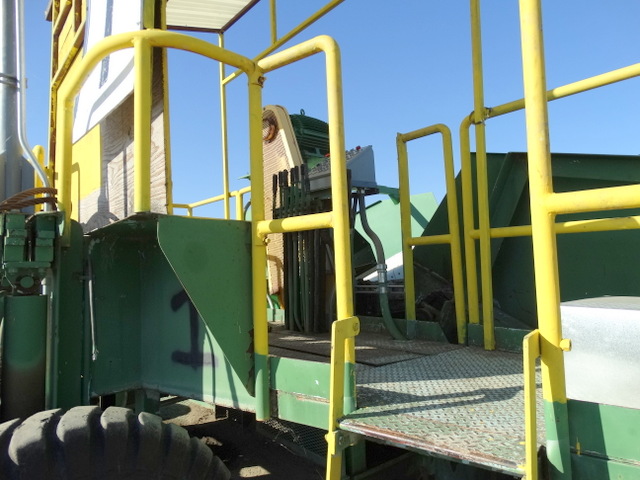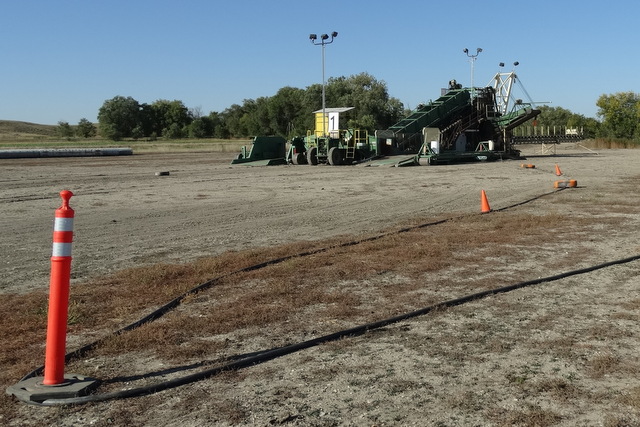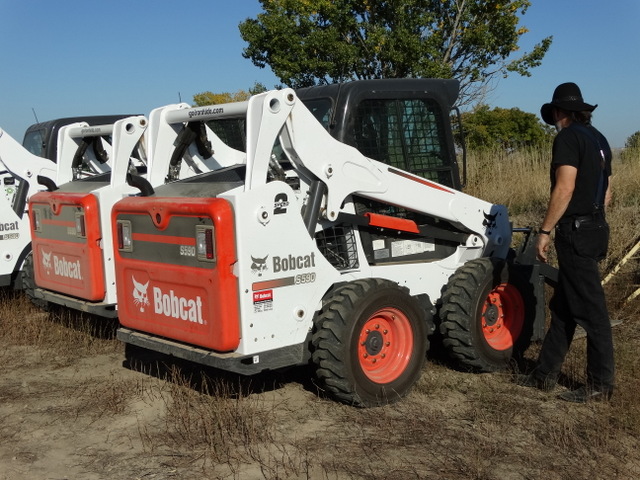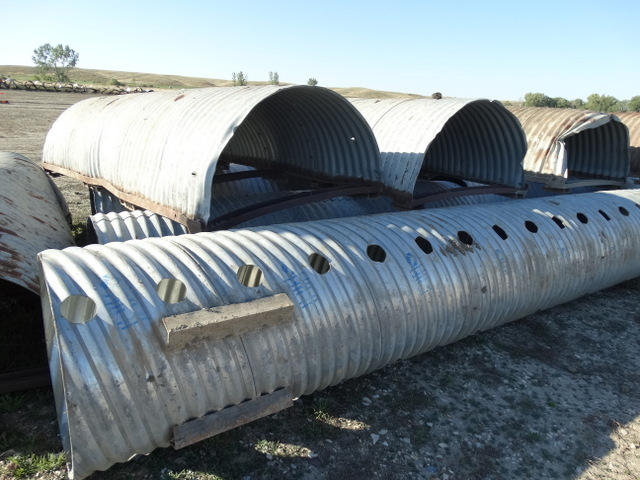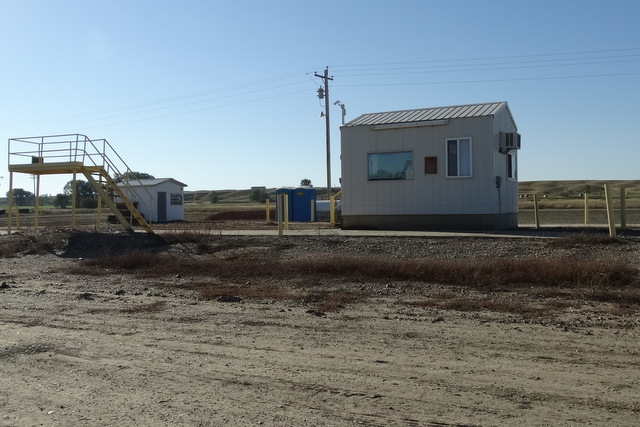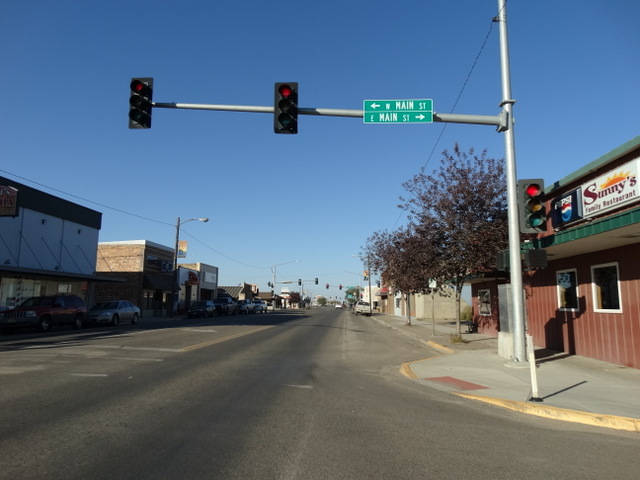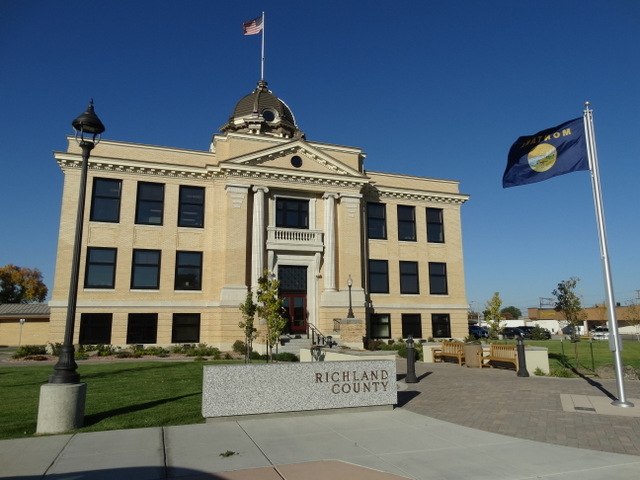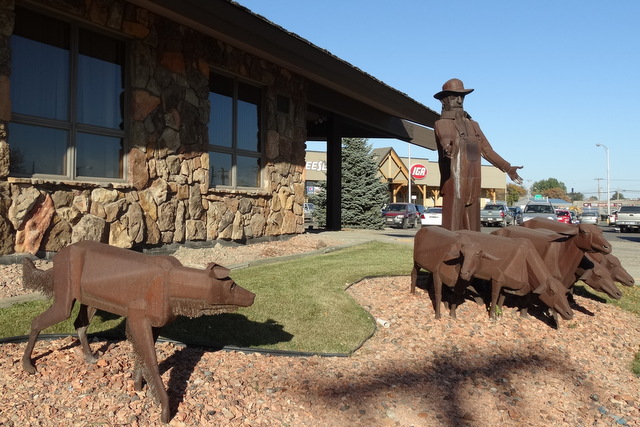Thursdays are honey wagon day. The honey wagon is a truck that goes around and collects everything from our holding tanks since we have no sewer connections. The truck they sent around was so small it had to make several trips to empty and refill.
As we were waiting for it to come around to each of our RV’s, a bunch of us Workampers stood outside and visited. We exchanged names and asked where we’d each come from and where we are going after this. Those who have done this work before told us stories about sugar beets that can get up to twenty-five or thirty-five lbs! I was reminded that our neighbor whom we worked with at Amazon is named Carla. I didn’t catch her husband’s name, but I’m sure I’ll have it down soon. They are first timers here as well.
Someone suggested that we drive down as a caravan to Savage and look over our new work site. We were going to join them, but by the time the honey wagon came to our RV, everyone else had gone. As soon as we were free, we drove down on our own. Savage is about a twenty minute drive from here. Mark and I had the site to ourselves when we arrived, so I took lots of pictures.
There are three huge pilers quite a distance apart from each other. I’m hoping I’ll be one of the ones chosen to work on the piler. Here are some pictures:
There are also three skid steers. Mark says they’re bigger, heavier and more enclosed than the one he practiced on in Lynden last spring. Mark would like to get more experience on a skid steer and hopes to get this job.
The skid steers move big pipes in place under the mountains of sugar beets that are dropped on them. The pipes have holes in them and cooling fans. Between the cooling fans and the cold winter, the beets will be deep frozen until they are ready to be turned into sugar.
When trucks come in from the fields with a load of sugar beets, they go over a scale at the scale house to be weighed. When they leave, they go over again and the difference in weights is how it’s determined how many lbs they brought in.
When the weighed truck comes up to the piler, a sample is sometimes taken part way through their drop on the conveyor belt arm of the piler. The sample is put in a bag, called a tare, and the sample is then taken to a place where the beets are weighed, washed, and weighed again to get an idea of the amount of dirt in the entire load. Also, the beet samples are tested for their sugar content. The information about which farm that particular sample has come from and what part of the farm that truckload came from goes with the tare bag so that they know from the sample what quality of sugar beets the farm is producing. This also helps them determine what to pay the farmer.
Today everything was quiet and the empty field looked huge. That will all change in less than a week!
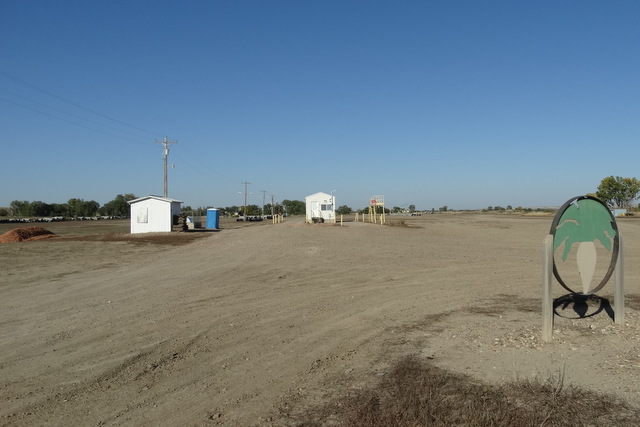
From the beet sign all the way back to the trees. At this distance you can’t even see the three huge pilers at the far end!
After we looked around the field for a while, we drove into Sidney to have a look around. There is a McDonalds and a Dairy Queen, but both are apparently only open five days a week. In the discussion with our neighbors this morning, they said they’d heard that it’s hard for Sidney to find people who are willing to work for minimum wage. There is a town about an hour from here where McDonalds pays $15 per hour, so people go over there to work. We tried going to a thrift store and found that it’s only open a limited number of hours per week. The two big industries in this area are farming and oil, so why work for less?
Still, Sidney has some well known hotels and a couple big grocery stores. We went to IGA for groceries and got honey crisp apples on sale for $1.99, regularly priced everywhere I’ve seen them for over $4.00 per lb! I guess the county seat is here. There’s also an interesting art piece between the county building and the IGA. If I were making comparisons of town sizes between here and the northwest, I’d say Sidney is maybe the size of Woodburn, OR or Kelso, WA. Still, this is a teeming metropolis compared to a couple of other communities we’ve worked in!

